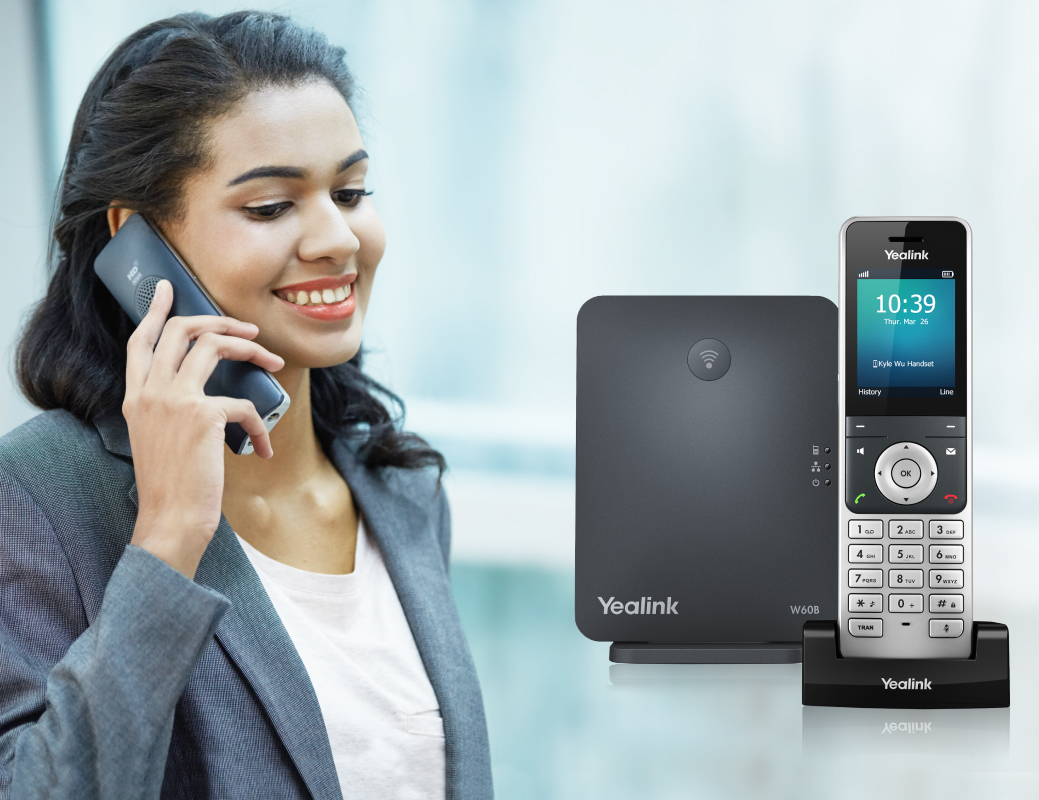Introduction
In today's fast-paced digital world, communication technology has evolved tremendously, giving rise to Voice over Internet Protocol (VoIP) systems. As businesses and individuals increasingly adopt VoIP phone systems, understanding the underlying technology becomes crucial. One significant aspect of VoIP that often goes unnoticed is the role of IP addresses. This comprehensive guide aims to demystify IP addresses in the context of VoIP technology, helping you grasp their importance and functionality.
What is an IP Address?
An IP address, or Internet Protocol address, serves as a unique identifier for devices connected to a network. Think of it as your home address on the internet; just like how mail gets delivered to your home based on your address, data packets are routed to and from devices using their IP addresses. In VoIP technology, IP addresses play a critical role in establishing voice calls over the internet.
A Guide to Understanding IP Addresses in VoIP Technology
VoIP phone systems rely heavily on internet connectivity and digital protocols for transmitting voice data. The relationship between IP addresses and VoIP cannot be overstated. This section will explore how IP addresses function within a VoIP environment.
How Do IP Addresses Work?
When you place a call using a VoIP phone system, your voice is converted into data packets. These packets are then sent over the internet using your device’s assigned IP address to reach the recipient's device. Each packet contains information such as destination address, source address, and sequencing data, ensuring smooth transmission.
Types of IP Addresses Used in VoIP
Understanding types of IP addresses is essential when dealing with VoIP technology:
Static IP Addresses: These are fixed addresses that do not change over time. Businesses often prefer static IPs for reliability.
Dynamic IP Addresses: These can change periodically and are often assigned by an Internet Service Provider (ISP). They can lead to potential issues in call quality if they change during active calls.
Public vs Private IP Addresses
Public IP Addresses
A public IP address is accessible over the internet and is assigned by ISPs. When you use a VoIP phone system at home or work, this is typically what your system will utilize for external communications.
Private IP Addresses
Conversely, private IP addresses are used within local networks and are not routable on the internet. Devices like routers assign these to devices within a network for internal communication.
Why Are Static Public IPs Preferred in VoIP Systems?
Static public IPs enhance reliability because they provide consistent routing paths for incoming calls. This stability minimizes disruptions during calls—a vital factor for businesses relying on clear communication.
How Do NAT and Firewalls Affect VoIP Communication?
Network Address Translation (NAT) ensures multiple devices can share a single public-facing address while maintaining unique private addresses internally. However, NAT can complicate VoIP communications due to its translation processes—leading to issues like one-way audio or dropped calls.
Firewalls provide security but may block certain ports used for transmitting voice data unless configured correctly. Thus, understanding how both NAT and firewalls affect VoIP performance is crucial.
Common Ports Used in VoIP Communications
VoIP uses specific ports for https://open.substack.com/pub/rafaelgesv310/p/benefits-of-using-hosted-vs-on-premise?r=4zhyqz&utm_campaign=post&utm_medium=web&showWelcomeOnShare=true signaling and media transmission:
- SIP (Session Initiation Protocol): Typically uses port 5060 or 5061 RTP (Real-Time Protocol): Generally utilizes UDP ports ranging from 10000-20000
Configuring firewalls properly to allow traffic through these ports is essential for maintaining call quality.

IPv4 vs IPv6: The Future of Addressing in VoIP
While IPv4 is still widely used, it has limitations due to its finite number of available addresses leading to exhaustion concerns. IPv6 offers expanded addressing capabilities with its vast range of possible combinations—allowing more devices than ever before.
Incorporating IPv6 into your network infrastructure may be necessary as demand grows—ensuring future-proofing against potential shortages.
The Importance of QoS (Quality of Service) in VoIP Calls
Quality of Service prioritizes voice traffic over other types of data on your network—ensuring minimal latency and jitter during calls. By assigning higher priority levels to voice packets delivered via their respective IP addresses, QoS helps maintain clarity throughout conversations.
Best Practices for Setting Up Your VoIP Phone System
To optimize performance while utilizing a VoIP phone system:
Ensure sufficient bandwidth. Configure QoS settings. Implement robust security measures against potential threats. Use wired connections whenever possible. Regularly update software and firmware.By following these best practices alongside understanding how various elements like static/dynamic addressing impact functionality—you'll pave the way towards seamless communication experiences!
FAQs about Understanding IP Addresses in VoIP Technology
1. What is an IP Address?
An Internet Protocol (IP) address identifies devices on a network uniquely; it's similar to how your home address identifies where you live.
2. Why does my VoIP phone system need an IP Address?
Your VoIP phone needs an assigned unique identifier so that it can send/receive calls effectively across networks—whether local or global!

3. Is there any difference between static and dynamic IPs regarding call quality?
Yes! Static public addresses offer consistency which leads to fewer disruptions compared with dynamic ones that might change unexpectedly during active sessions.
4. How does NAT affect my ability to make calls?
NAT can complicate direct communications between devices—notably causing issues such as one-way audio if improperly configured!
5. Can I use IPv6 with my existing systems today?
Many modern technologies already support IPv6 but check compatibility with both equipment/software before transitioning fully!
6. What steps should I take if experiencing poor call quality?
Start by examining bandwidth availability & QoS configurations first; consider upgrading hardware/software where necessary as well!
Conclusion
Understanding how VoIP Phone Systems operate within the framework of Internet Protocol technology ensures better communication experiences overall—whether at home or within corporate environments! By delving into concepts surrounding static versus dynamic, NAT impacts, QoS considerations among others—you equip yourself with knowledge that empowers effective decision-making moving forward!
In conclusion, A Guide to Understanding IP Addresses in VoIP Technology provides valuable insights essential not just for professionals but anyone seeking clarity around this critical aspect shaping modern telecommunications today!
